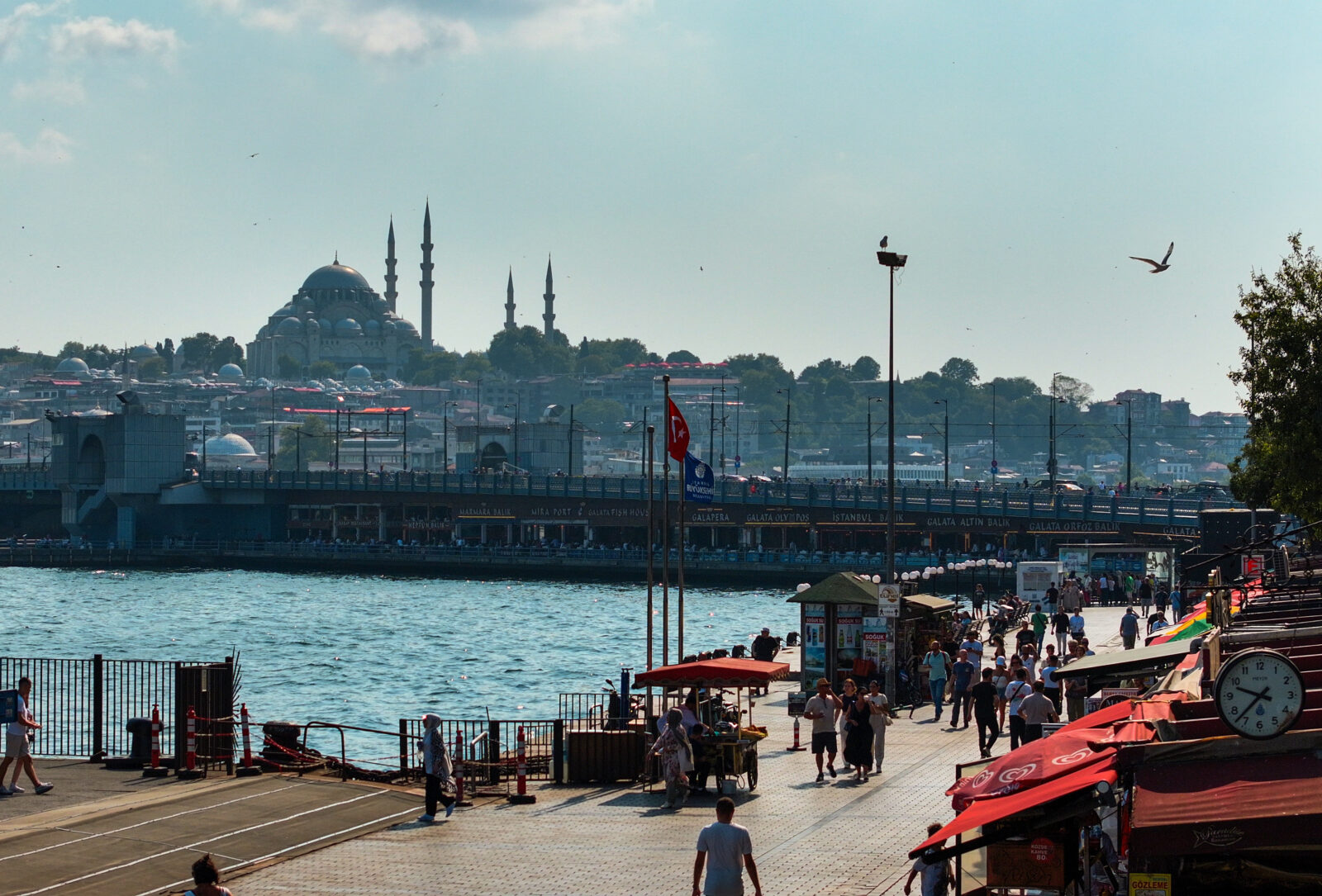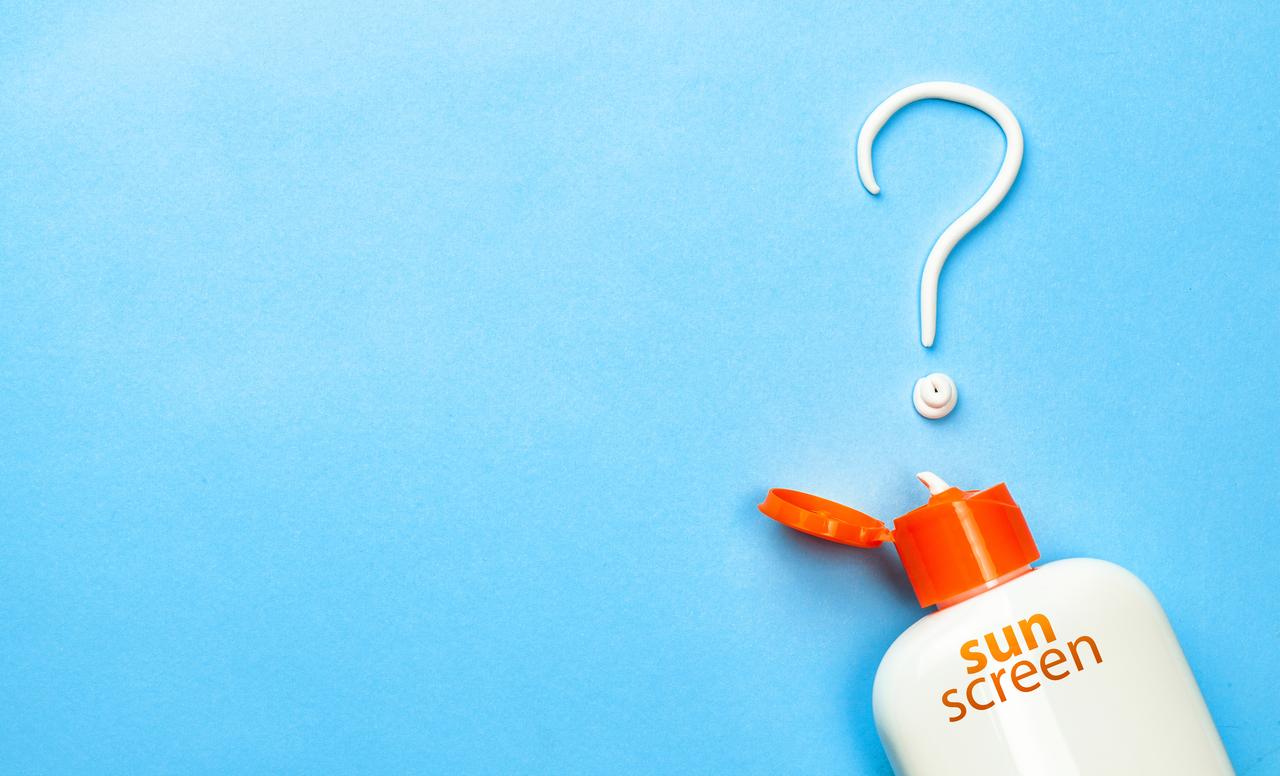
Record heat across Europe and Türkiye during the ongoing climate crisis is prompting fresh concerns over sun safety.
Summer temperatures are peaking across the Northern Hemisphere, and dermatologists are warning about the dangers of prolonged ultraviolet (UV) exposure.
Why is sun protection important?
Medical experts say unprotected time in the sun can increase the risk of skin cancer, accelerate skin aging, and damage the eyes.
The warnings come as more people ask whether chemical sunscreens are safe, how much protection SPF 50 actually provides, and when to apply sun protection based on the UV index.
Professor Dorothy Bennett from St. George’s, University of London, explains that “every exposure to UV, especially every sunburn, increases our risk of skin cancer," as reported by the BBC.
Melanoma, the deadliest skin cancer, is now among the most common cancers in countries such as the United States, United Kingdom, Germany, France and Australia. Doctors stress that while UV exposure helps the body produce vitamin D, the risks of excess exposure far outweigh the benefits.

The UV index is an international measure of the sun’s ultraviolet radiation strength, starting at zero and often exceeding 10 in summer.
The World Health Organization advises that protection is required when the index reaches 3 or higher. Levels between 6 and 7 are considered high, 8 to 10 very high, and 11 or more extreme.
The highest UV readings occur in the four hours around solar noon, typically late morning to early afternoon.
Experts caution that UV can penetrate thin cloud cover, meaning cooler or windy weather does not reduce the risk. Children’s skin is more sensitive than adults’ and requires extra care even at moderate UV levels.

SPF, or sun protection factor, measures how well a sunscreen prevents UVB rays from reaching the skin.
SPF 30 blocks about 97% of UVB radiation, while SPF 50 blocks about 98%. Although the percentage difference is small, SPF 50 allows around 50% less UVB to pass through than SPF 30.
The Cancer Council of Australia advises applying about 5 mL—roughly a teaspoon—to each arm, leg, the front of the body, the back, and the face, including neck and ears.
That totals about 35 mL for a full-body application. Sunscreen should be applied 20 minutes before sun exposure and reapplied every two hours, as well as after swimming, sweating, or towel drying. Expired products may not provide full protection.

What many consumers call chemical sunscreens are organic UV filters such as avobenzone, oxybenzone, octocrylene, and octinoxate.
Mineral sunscreens use inorganic filters like zinc oxide and titanium dioxide. Both types absorb most UV radiation, with mineral filters reflecting or scattering only a small fraction.
The U.S. Food and Drug Administration currently recognizes zinc oxide and titanium dioxide as generally safe and effective.
It has requested further safety data for 12 common organic filters, but this does not mean they are unsafe, only that more research is needed.
Some jurisdictions, including Hawaii, have banned oxybenzone and octinoxate because of their potential impact on coral reefs.
Expert advice on choosing and using SPF 50
The Skin Cancer Foundation recommends a broad-spectrum, water-resistant SPF 50 or higher for extended outdoor activity.
Applying one ounce, or two tablespoons, 30 minutes before going outside and reapplying every two hours can help ensure protection.
Experts warn against relying solely on high-SPF products without taking other precautions. Long sleeves, wide-brimmed hats, sunglasses, and shade should remain part of any sun protection strategy.
Very high SPF can create a false sense of security, leading some people to stay in the sun longer than they should.

In Türkiye, some people use plant oils, zinc oxide blends, or food-based recipes as alternatives to commercial sunscreens.
However, experts emphasise that these options should not replace regulated, broad-spectrum products, especially in strong sun. Their protection can vary greatly depending on preparation and use.
Oils such as coconut, olive, raspberry seed, carrot seed, wheat germ, aloe vera, and shea butter are frequently mentioned in lifestyle publications.
Some sources claim high SPF values for certain oils, but these are not based on standardised testing. Mineral zinc oxide pastes are the most reliable among natural options, offering broad-spectrum protection when correctly formulated.
Homemade sunscreen recipes from Turkish sources
These recipes appear in Turkish lifestyle and beauty outlets and are shared for readers interested in traditional or natural approaches. They are unregulated and should be used alongside other protective measures.
All-purpose zinc oxide cream
Shea and zinc blend for sensitive skin
Olive-oil base with botanical infusion
Aloe-based oil macerate
Milk and calendula spray with mint
Cocoa tint with zinc oxide
Basic shea-coconut-beeswax zinc cream
Olive-oil zinc cream

Dermatologists warn that untested formulas may offer inconsistent protection and can fail under prolonged sun exposure.
The safest approach is to pair them with shade, UPF-rated clothing, and regulated sunscreen. Zinc oxide powder should be handled with care to avoid inhalation, and non-nano forms are recommended.
Even with natural products, reapplication is necessary, and no oil or homemade cream provides 100% protection. Experts agree that the priority should be avoiding sunburn and reducing lifetime UV exposure.
How to treat sunburn if it occurs
If skin becomes red or sore, move out of the sun and keep the area covered. Cool showers, damp towels, aftersun moisturisers, and hydration can help relieve discomfort.
Avoid ice or petroleum jelly, and see a doctor if blistering, swelling, or heat-related illness occurs.
Regular sunburns increase the long-term risk of skin cancer. Prevention remains the most effective protection.